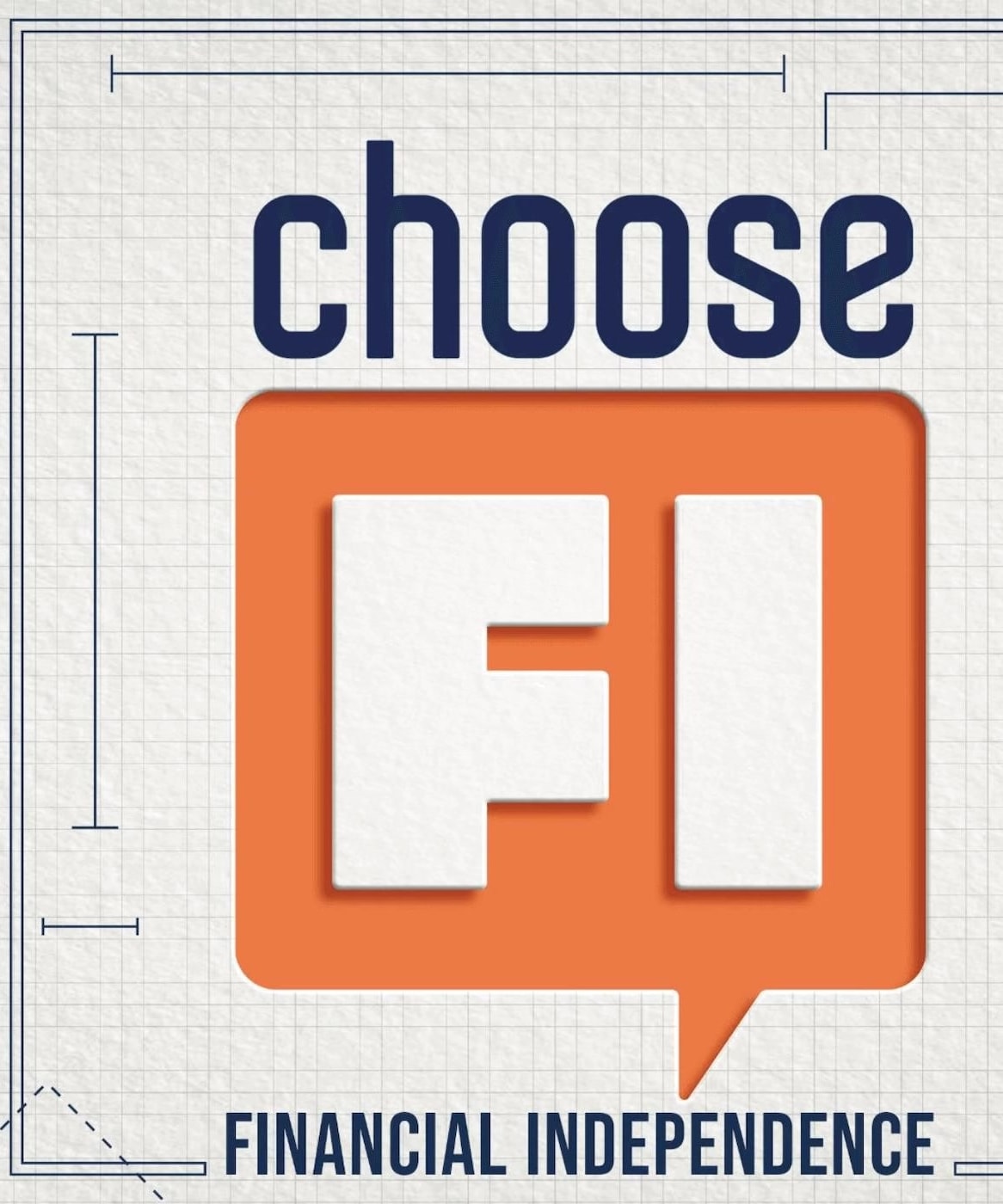Stated vs. revealed preferences?
Sources:
Stated preferences refer to what individuals claim they prefer or desire in surveys or questionnaires. Revealed preferences, on the other hand, are inferred from actual choices and behaviors in real-world situations.
-
Examples in Dating:
- Chris Williamson and Macken Murphy highlight the discrepancy between what people say they want in a partner (like loyalty) and what they actually prioritize in practice (like being a good lover) 1.
- Often, men say they don't care about a woman's career ambitions or education, but data shows most educated men marry educated women, reflecting a different revealed preference 2.
-
In Surveys vs. Behavior:
- People may state socially desirable preferences due to societal norms or self-editing during surveys. For instance, women might say they are fine with dating men of the same height or being breadwinners, but they often choose taller, more educated, and wealthier partners 3.
- This divergence can be due to self-report bias or a lack of self-awareness about true motivations 3.
-
Economic and Financial Decisions:
- In finance, people’s stated financial goals often do not align with their spending behaviors. For example, someone might claim they want to save for retirement but consistently overspend on their children, revealing a preference for immediate familial support over long-term financial security 4.
-
Market Sentiment:
- Stock markets show high allocations in stocks despite bearish sentiments. This reveals a preference to stay invested despite expressing doubt, showcasing the gap between what people say and do 5.
-
Recommender Systems:
- Joe Edelman points out that recommender systems often amplify content based on clicks and likes, assuming these reflect true preferences. However, this can lead to issues like clickbait and internet addiction, indicating that clicks may not represent what is genuinely meaningful to users 6.
Understanding this divergence is crucial for interpreting true human behavior and designing systems or policies that align with actual preferences rather than stated ones.
RELATED QUESTIONS-



